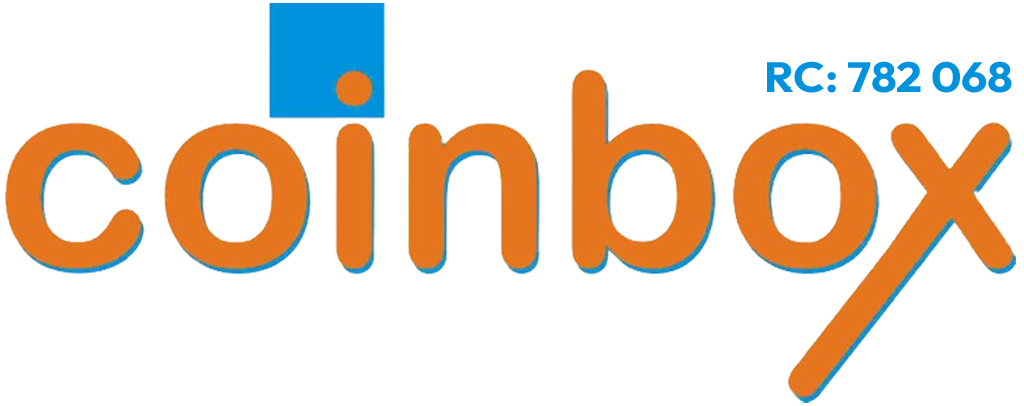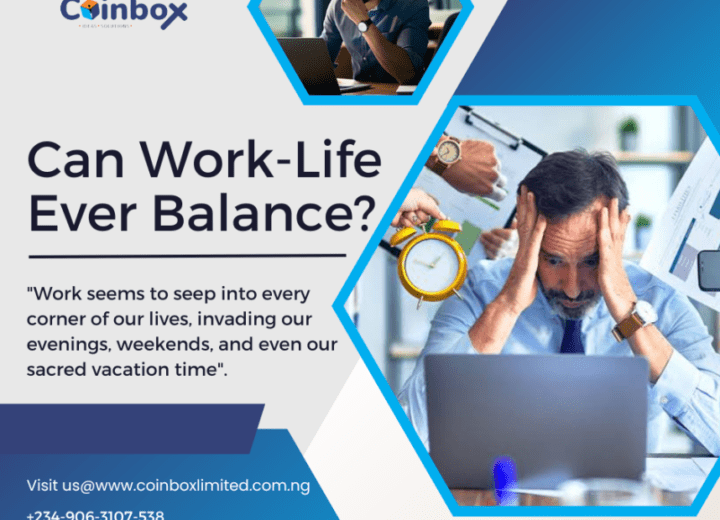FUTURE PROOF YOUR BUSINESS.
The future of yesterday is here today, the future of tomorrow is today. It is a continuous loop with the organization and its people in the middle.
The economies and technology around the world have been very disruptive and innovative over the years and that is not expected to stop anytime soon, instead, unlike now, the disruptions will be very frequent in their occurrences. Issues like talent management, security, economy, energy, culture, etc. will be the front burner matters that will shape the future of business.
An organization is born to solve problems, meet needs, or drive a course of action. The most constant thing in life is change and to survive as a business, you need to adapt to change or even be the change driver. Growth is an innate desire in human nature and fundamental to any business that you run; any business that is not growing is dying.
A lot of jobs you see today will probably not exist in like 10 years from now. The same principle will apply for a non-innovative business. Innovation and adaptation are key for a future forward business.
No industry or sector is immune from this trend; new industries and subsectors are popping up, so are new products and service offerings, others are being redefined (like how Air BnB has redefined hoteling).
It’s a crazy and endless maze, but the only constant thing in life remains change. A business that wants to be ready for the future must be ready to change where, how, when, who, and what is needed.
TRENDS
– Convenience: people pay premium for products and services that make their life more comfortable and or easy. This is why people pay premium for driverless cars, and why they would rather use the grocery store near them that is charging a little extra than go to the one farther away. More businesses like UBER will emerge in the future as it is a trend and model many businesses are now adopting. The UBER model is more about collaboration and not competition, same for Air B and B, BOLT, etc.
– Experience: Experience they say is the best teacher. You can buy skills, but you cannot buy experience so easily. Businesses are now thriving on experience, buyer experience, user experience, shopping experience. These are the principles driving platforms like Virtual reality (hashtagVR) or Augmented reality (hashtagAR). The metaverse is about experience, going there or doing that without physically doing it. It’s businesses that build their products around experiences that will thrive in the future. One of the fastest growing and profitable shopping outlets in Nigeria today is SHOPRITE. One of the models selling for them is the SHOPPING EXPERIENCE. The mall has been designed to deliberately give you an experience while you go shopping and not just about having goods available for sale.
– Collaboration and co-creation. Collaboration has given rise to increase in outsourcing. In your line of business, where is your core that you need to focus on while you outsource the rest? As stated earlier, the UBER model is more about collaboration and joint ownership. UBER owns the platform; the drivers own the vehicles, and both provide an experience to the passenger. It’s companies that innovate around this or redefine their business to answer questions in relation to this that will comfortably grow into the future. Some IT platforms like open-source platforms are co-creation platforms.
– Fragmented workforce. Now we have those who are on remote work, freelancers, contract workers, hybrid staff. What you do now is ask, “what work schedule does this staff fit into?”.
– Niche business. Many businesses have moved from specialization to micro-specialization, for example, migrating from being an accountant to being a forensic accountant. In, manufacturing, instead of being a manufacturer providing products for everyone, you can produce products for a niche market, like products for plus size women between 21 and 32 years of age in the fashion industry. It’s time to future proof your business by micro-specializing and owning that sub-niche.
– Automation. It improves output quality and volumes, provides predictable results, reduces operational costs. AI (artificial intelligence) is the new frontier, it’s time to tap into it. We also have IOT (Internet Of Things) and smart systems, smart offices, smart homes, online BOTS, and many more. Many non-intuitive jobs are being automated. Services like acting are being simulated (like voice simulation), translation is getting better and easier and more languages are being translated for the world to engage.
How do you anticipate change?
– Engage your market. Engage your customers for regular feedback. Get feedback internally and externally. Send out questionnaires, conduct formal and informal interviews with your customers, run interactive sessions and activities like surveys and competitive games or simple ‘meet the customer’ events. Get regular market, industry, and economic trends information.
– Sales analytics. Check your sales trends, what is selling and what is not selling. Where is it selling highest and probably why? Who is buying your products and why? When do you experience highest sales and why? What alternatives to your products are people buying and why? What other items will your customers buy with your products and why? These simple questions and more on sales goes a long way in predicting the future of your business.
– Regulatory barometer. What is government and regulation saying about your industry? How will it affect the future of your organization and what are you going to do about it positively and negatively?
– Competition: have eyes on your competition. Use them as a benchmark, ask all the above questions about them and their products, what does their future business look like?
– Cost of doing business: what is the trend in line with your business expenses? How can you minimize your costs while optimizing output. What will seem like future costs of doing your business and how can you minimize them? What costs give you comparative advantage and which ones can you outsource? What are your business costs and classifications? Which of these costs will still be needed soon and which of them will you not need soon? What costs will exist soon that is not in existence presently and why so?
– External environment. Issues like inflation, tax, raw materials and their sources, technology/innovation (like UBER, zoom, ecommerce). Consider how they affect your business now and into the future. How can you counter negative threats/developments, how can you collaborate, how can you be ahead in innovation?
– Emerging markets: where are the emerging markets and how can you key into them for your current and future products? How do these markets affect your business and your products? What niche can you own and or create in such emerging markets?
– Social trends. You can build or kill your business on social media. Review trends regularly and manage the tides. Find ways of staying ahead and continuously engaging your current and future audience on social media. In most places today, a business that is not online or at least on social media is a dying business.
– SWOT: make SWOT (Strengths, Weaknesses, Opportunities and Threats) analysis of your business and products a regular activity in line with recent trends.
– Talend management: you need to be deliberate in managing your talent by ensuring they are developed to be future ready. The talents in your business today and their future value created deliberately will ensure your business survives a disruptive future.
– Review of systems and structures: Nokia did not future proof their business by staying in their comfort zone and not responding fast enough to industry trends and they paid dearly for that. Business systems of today for many industries will not exist in the next 10 years. What are you doing about that for your business?
Business growth is a wholistic activity that cannot be measured or guaranteed by a single factor like just profitability or balance sheet size, the dynamics are changing and its across the business structure; from processes and technology to staffing, customer preferences, modes of service or product delivery, lifestyle, etc. to prepare your business for the future, you need to constantly review, innovate, redefine, eliminate, reclassify, and grow your business. Never forget to engage your customers and potential customers while on this journey.
I wish you great success on your business journey.
Thank you.
Ayo Emakhiomhe.





